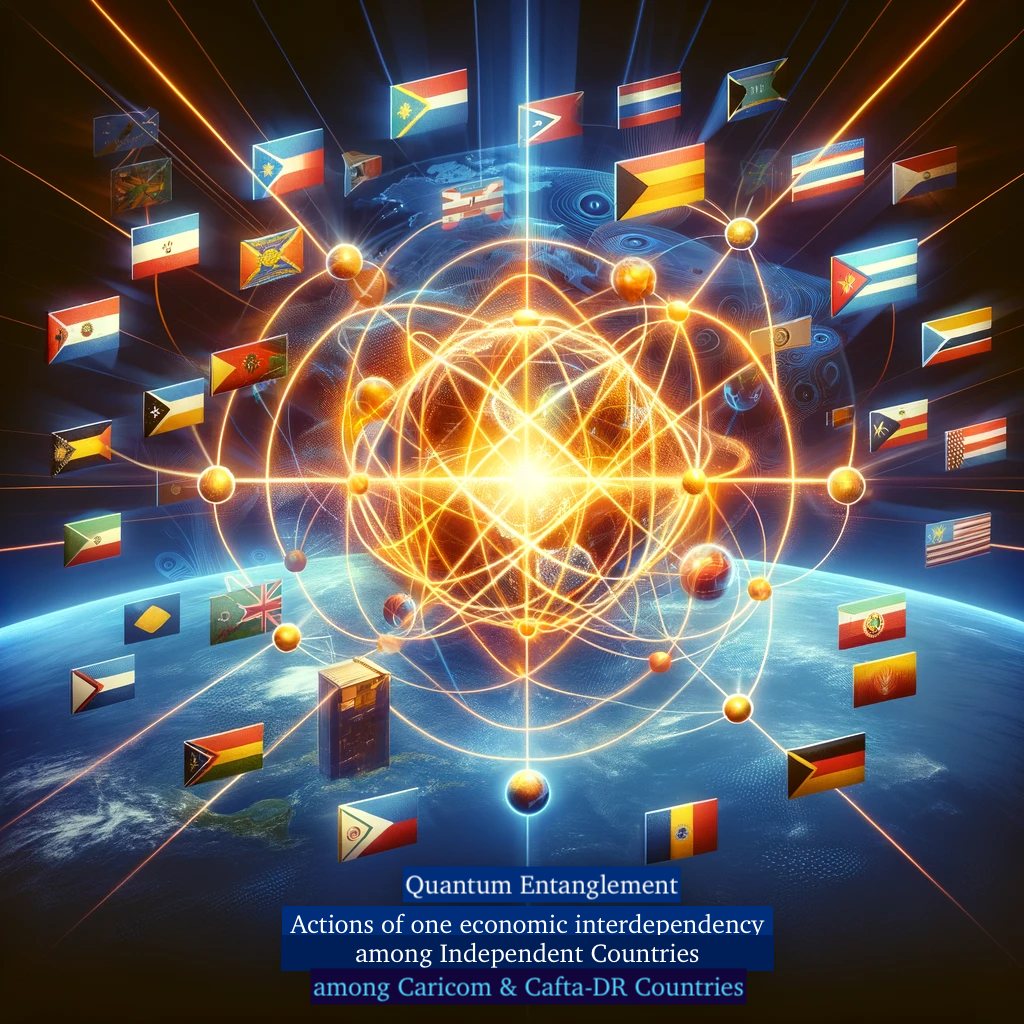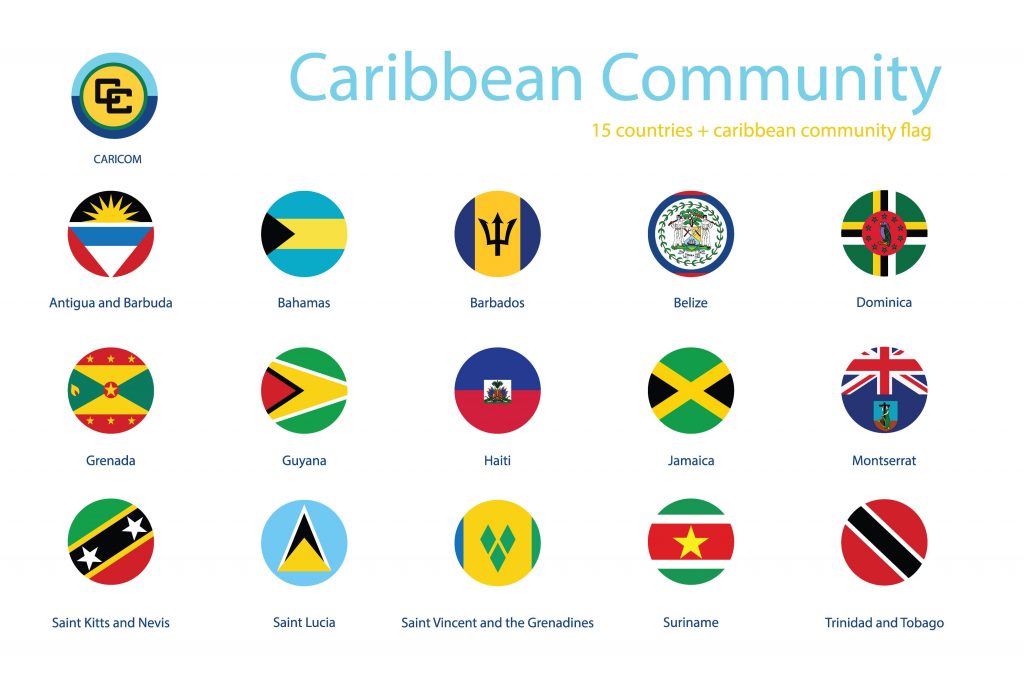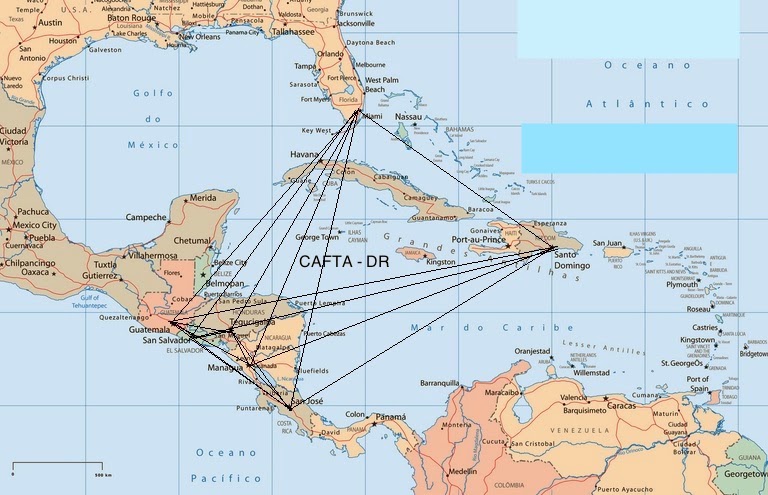Caribbean Industry 4.0
Welcome to the Caribbean Industry 4.0 Initiative, where we are pioneering the future of the Caribbean economy through innovation, strategic development, and cultural integration. Our region1, rich in history and diversity, has long been a cradle of vibrant cultures, captivating arts, and resilient spirits. From the rhythmic beats of reggae to the lush, untouched landscapes, the Caribbean is not just a destination but a source of inspiration and innovation. In this new era, we are harnessing our unique heritage and strategic position to transform our economy, focusing on sustainable development, technological advancement, and global connectivity. Join us in this exciting journey as we redefine the Caribbean’s role in the global economy, leveraging our natural beauty, cultural richness, and innovative spirit to create a prosperous, sustainable future for all.

Key Strategies for Value Creation in the Caribbean Context:
- Service Sector Development: The Caribbean’s vibrant culture, natural beauty, and strategic location offer a unique opportunity to develop sectors like eco-tourism, digital services, and cultural industries. This involves not just harnessing these assets but also investing in the necessary infrastructure and training to support such industries.
- Brand Positioning: Crafting a strong, globally recognized brand for the Caribbean that highlights its unique attributes of stability, innovation, and luxury can change global perceptions and attract high-end tourism, investment, and business ventures. This requires coordinated marketing and consistent quality in services and infrastructure.
- Leveraging Economic Rent: Utilizing its geographical position, the Caribbean can become a vital node in global trade, particularly between the Americas. This involves developing ports, logistics hubs, and financial services that facilitate trade and capitalize on the flow of goods and services through the region.
- Skilled Negotiators: The role of skilled negotiators cannot be overstated. Training and employing adept negotiators who can effectively represent the Caribbean’s interests in international forums and negotiations will ensure that the region can compete on equal footing and secure favorable terms in trade and investment deals.
- Regulatory Environment: A transparent, efficient, and business-friendly regulatory environment is key to attracting foreign direct investment. This includes streamlining bureaucratic processes, ensuring legal certainty, and adopting policies that are conducive to business growth and innovation.
- Innovation and Technology: Embracing and investing in technological innovation will not only add value to the Caribbean economy but also ensure its relevance in the future global economy. This could involve fostering a start-up ecosystem, investing in digital infrastructure, and encouraging research and development in areas like renewable energy and digital services.
By focusing on these areas, the Caribbean can create and preserve economic value, not just through traditional production but through a sophisticated blend of services, experiences, and strategic positioning in the global economy.



Designing a new economic model for the Caribbean using a quantum modeling approach2, where the Dominican Republic, Haiti, and Cuba are conceptualized as quarks and Jamaica as the electron, presents a unique and innovative framework. This approach can be grounded in the principles of quantum mechanics, which emphasize the interconnectedness and dynamic nature of particles, translating these concepts into economic terms.
1. Quarks (Dominican Republic, Haiti, Cuba) – Fundamental Building Blocks: In this model, these countries are seen as the fundamental building blocks of the Caribbean economy. Each possesses unique characteristics and roles:
- Dominican Republic: Could represent a ‘up quark’, symbolizing growth and tourism-driven economy.
- Haiti: As a ‘down quark’, it might represent resilience and potential for development despite challenges.
- Cuba: Another ‘down quark’, embodying the concept of state-controlled economy and potential for change.
2. Electron (Jamaica) – Dynamic Force: Jamaica, as the electron, represents a dynamic and influential force in the Caribbean economy. It could be seen as the catalyst for economic activity, known for its cultural influence, tourism, and natural resources.



3. Quantum Entanglement – Economic Interdependency: Drawing from the concept of entanglement, the model suggests a deep interconnectedness among these nations. Their economies are not isolated but significantly affect each other. For example, political changes in one country could have ripple effects throughout the region.



4. Heisenberg’s Uncertainty Principle – Predictability and Risk: This principle can be applied to economic forecasting in the region. It suggests that there’s always an element of unpredictability in economic outcomes, emphasizing the need for adaptive and flexible economic policies.
5. Superposition Principle – Diverse Economic States: This principle can be used to represent the multiple potential economic states each country can exist in. Policies and external factors can ‘collapse’ these states into a specific economic outcome.


6. Quantum Tunneling – Overcoming Economic Barriers: The concept of tunneling can symbolize the ability of these economies to overcome traditional economic barriers, such as small market sizes or geographical isolation, through innovative approaches like digital economies or regional integration.



7. Implementation and Applications: This model can be used for predictive analysis, policy development, and fostering regional integration. It would require a deep understanding of both quantum mechanics and the specific economic contexts of the Caribbean countries.
In conclusion, this quantum-modeling approach offers a novel perspective on Caribbean economics, emphasizing interconnectivity, dynamism, and the potential for innovative policy-making and regional cooperation.
Also See Economic Architecture for the Caribbean, with SourceEnergy Group
- Based on the data provided by WorldMeter, a summary and analysis of the population dynamics in the Caribbean as of 2023:
The Caribbean region has a diverse population spread across several countries, with Haiti, the Dominican Republic, and Cuba being the most populous.
The total population of the Caribbean is approximately 44.75 million as of 2023. This represents about 0.55% of the global population, indicating the region’s relatively small but significant presence in the global context.
The population density of the Caribbean is 198 per Km² (512 people per mi²), which varies significantly among the countries. Island nations typically have higher population densities due to their limited land area.
The region shows a wide range of urbanization levels, economic development stages, and cultural diversity, reflecting its complex socio-economic fabric.
The median age, fertility rates, and migration patterns vary across countries, impacting their demographic and economic landscapes.
Caribbean countries have different economic structures, with some focusing more on tourism and others on agriculture or manufacturing. The region’s economy is also influenced by remittances from the diaspora and foreign direct investment.
Geopolitical and economic integration efforts, like CARICOM and CAFTA-DR, are crucial in harnessing the collective potential of these nations, addressing shared challenges, and leveraging economic opportunities.
The region’s strategic location makes it a significant player in hemispheric trade and geopolitics, despite its small size in terms of population and land area.
Understanding and analyzing these dynamics is essential for informed policy-making, economic planning, and regional cooperation initiatives in the Caribbean. ↩︎ - As an Economic Architecture Practitioner, the defense of incorporating elements of Relativistic Quantum Field Theory (QFT) into a Caribbean economic model is grounded in the metaphorical value and the innovative perspective it offers. Here’s a comprehensive defense from this standpoint:
Metaphorical Application for Complexity: The model doesn’t apply QFT literally but uses its principles metaphorically. This approach is beneficial in economic architecture as it allows us to encapsulate the complexity and interconnectivity of Caribbean economies in a novel and thought-provoking way.
Innovative Perspective on Economic Relationships: By drawing analogies from a field as sophisticated as QFT, the model challenges conventional economic thinking. It encourages practitioners to consider the nuanced interplay of various economic factors, much like the interactions of particles in quantum physics.
Illustrating Economic Interdependence: The metaphor of quantum entanglement is particularly apt for demonstrating the interconnected nature of Caribbean economies. It symbolizes how developments in one nation can have significant ripple effects throughout the region, a crucial consideration for any economic strategy.
Creative Problem Solving: Utilizing the concept of quantum tunneling as a metaphor encourages creative thinking in overcoming economic barriers. It suggests that the Caribbean can transcend traditional economic limitations, such as small market sizes and geographical isolation, through innovative approaches like digital transformation and regional integration.
Relevance to Economic Architecture: The model aligns with the principles of economic architecture, which emphasizes comprehensive, systemic approaches to economic planning and policy-making. It encourages a holistic view of the region’s economic system, considering all variables and their interrelations.
Facilitating Collaborative Dialogue: The innovative nature of the model fosters dialogue and collaboration among Caribbean nations. It promotes a shared vision and collective approach to address common economic challenges, which is essential in regional economic architecture.
Encouraging Forward-Thinking Strategies: The model propels economic thinkers to explore forward-thinking strategies, ensuring the Caribbean’s economic architecture is adaptable, resilient, and competitive in the global arena.
In essence, the use of QFT concepts in the Caribbean economic model is a strategic, metaphorical tool designed to enrich our understanding and approach to the region’s economic architecture. It stimulates innovative, holistic thinking, vital for addressing the unique challenges and harnessing the opportunities in the Caribbean. ↩︎
